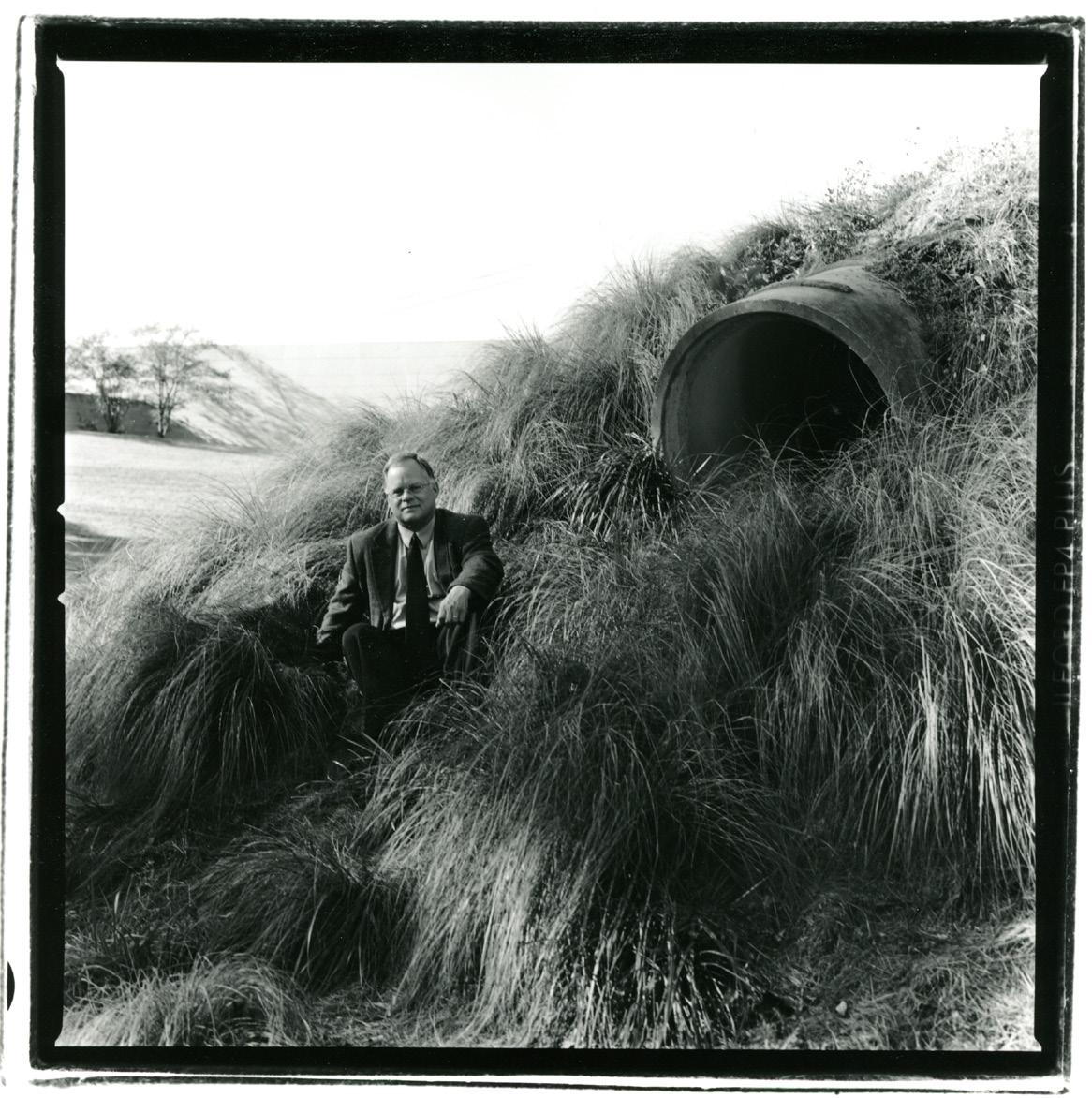
2 minute read
From the Director
A New Chapter
I have had the extraordinary opportunity to serve as the director of the Miami University Art Museum (MUAM) for the first two decades of the 21st century. During that time the work of the museum was characterized by three recurring themes–advocating for social justice, promoting cultural revitalization efforts among the Myaamia people, and championing under-represented artists, particularly women and artists of color.
Advertisement
Over these years, student engagement with the museum increased several fold, through course assignments, research by student interns into the collection, a revamped senior capstone in Art History, the Student Response Exhibition series, and the establishment of the Museums and Society minor. I must also acknowledge the key role played by faculty and docents in introducing the larger Miami and Oxford communities to the resources of the Art Museum.
I feel fortunate to have been a part of MUAM when it received its first major gift of nearly a million dollars in 2002, establishing the Norman A. Schoelles Art Museum Fund. This endowment supports MUAM’s everyday operations. I am also grateful that I can now acknowledge the generosity of Jeffrey Horrell ‘75 and Rodney Rose, who endowed and named the position of Art Museum Director. In addition to the named directorship, their foresight in establishing the Jeffrey Horrell and Rodney Rose Art Museum Fund will ensure MUAM’s stability and vitality for generations to come.
As an art historian and numismatist I approach the study of art as a way to gain insight into how physical materials and artistic processes come together to form a unique creation. This understanding comes from continued exposure to the works themselves. Close observation and careful analysis of original objects is essential. With today’s “born digital” mindset and “digital native” generation, this emphasis on examining the physical object may appear old fashioned. And yet, as much as one can learn from a scanned image, the insights and even joy that come from being in the presence of a work of art cannot be replicated by any other means. MUAM’s encyclopedic collection of more than 17,000 objects has afforded me continual discovery. My first exploration of the works in the museum began in 1985 when, as a young professor, I was asked to write a catalogue of a group of Gandharan Buddhist sculpture. The centerpiece of that collection is currently on display in MUAM’s galleries (see cover image). Among numerous additions to the museum’s holdings over the years, one of my favorites was a selection of rare mid-nineteenth century photographs of Edo Japan by photographer Felice Beato (1832-1909), acquired in preparation for the Spring 2020 Art History senior capstone exhibition.
My cherished experiences with works of art, however, would have meant little without the encouragement and support of the Art Museum’s highly competent and resourceful professional staff. Together we reviewed countless exhibition proposals, planned 41 semesters of exhibitions and public programs, and worked with numerous collectors and donors to strengthen our permanent collection. I want to thank them for sharing their lives and careers with me.
Bob Wicks among the grasses of Nancy Holt's Star-Crossed in MUAM's Sculpture Park. Portrait by a student in Jon Yamashiro's advanced photography class.
Robert S. Wicks, Director









